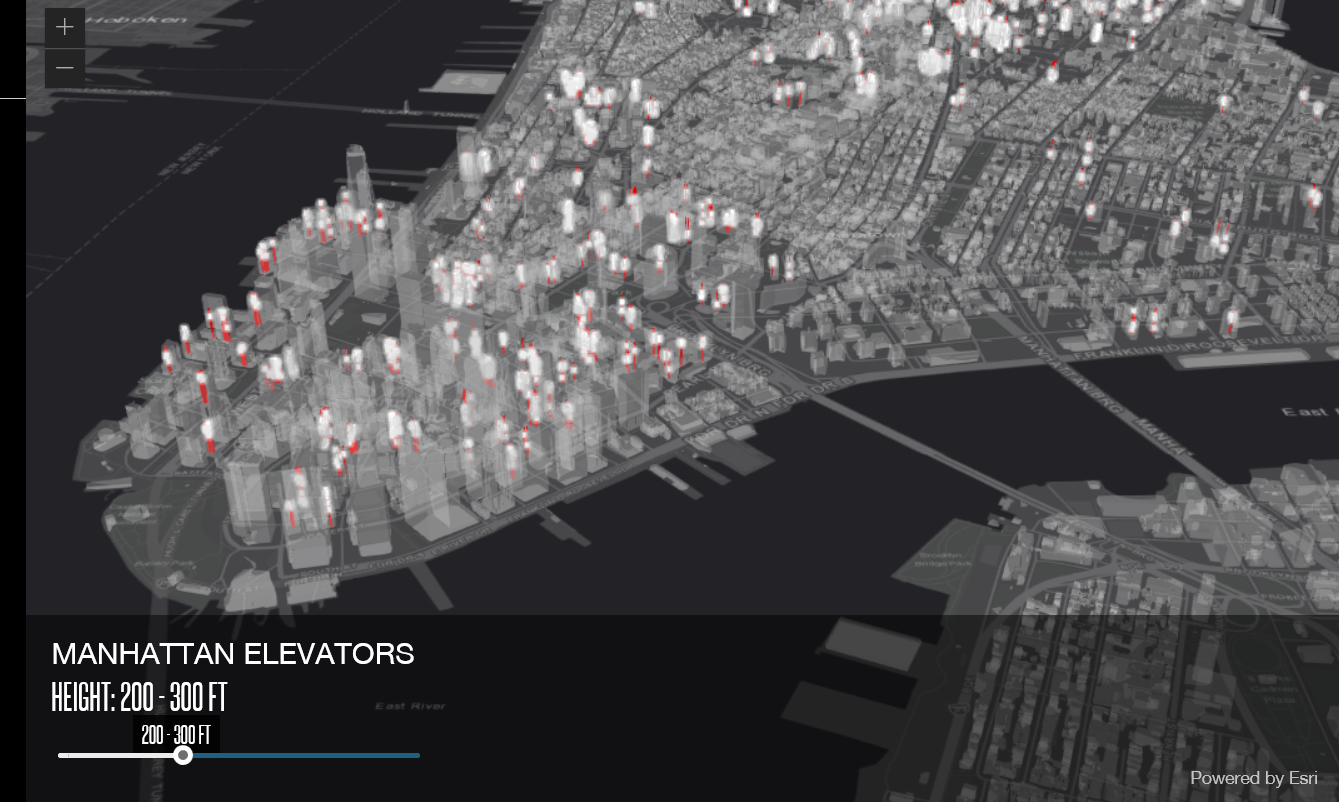Get a look at the inner workings of all NYC elevators with this new map

There are 84,000 elevators in New York City.
iStock
New Yorkers tend not to think much about elevators until something goes wrong with them, but they are part of the fabric of life in the big city.
“Elevators make life possible in our vertical city—and while they’re one of our most-used forms of transportation, they’re also one of the least understood,” Department of Buildings Commissioner Rick Chandler says.
The DOB hopes to shed some light on the city's ups and downs with a new report on the city’s elevators, including an interactive map with passenger and freight elevators, escalators, dumbwaiters, and roller coasters. The report also includes a detailed history of the elevator, statistics on elevator usage in the city, a 3-D illustration of the city's elevators in motion, and more.
Fun facts: New York is home to some of the oldest and biggest elevators in the world, 84,000 in all; the city has one active passenger elevator for every 139 users; and New York's passenger elevators make over 35 million trips per day.
The interactive map offers a wealth of information (who knew there were so many dumbwaiters in the city?!). Still, the site is takes a little practice for the novice to use–if you click on the wrong place, the map can jump away from what you are looking at (a tip: there’s a tool to place a marker over the address you are researching). The map can be useful for finding your building identification number and specific elevator identification number, which you can then use to look up further records.

Currently, elevators in the five boroughs are supposed to be inspected and tested twice annually, with an in-depth inspection every five years. As part of this requirement, building owners must submit test reports, and if an inspection turns up problems, submit proof that the defect has been fixed.
In 2017, the DOB issued 4,816 elevator violations. Less than 7 percent of buildings with elevators had a violation issued in 2017. For more information about maintenance and inspection requirements, check out the DOB’s guide to violations. Residents can review elevator inspection information and building owners can submit new applications through the agency self-service portal DOB NOW.
You Might Also Like





























